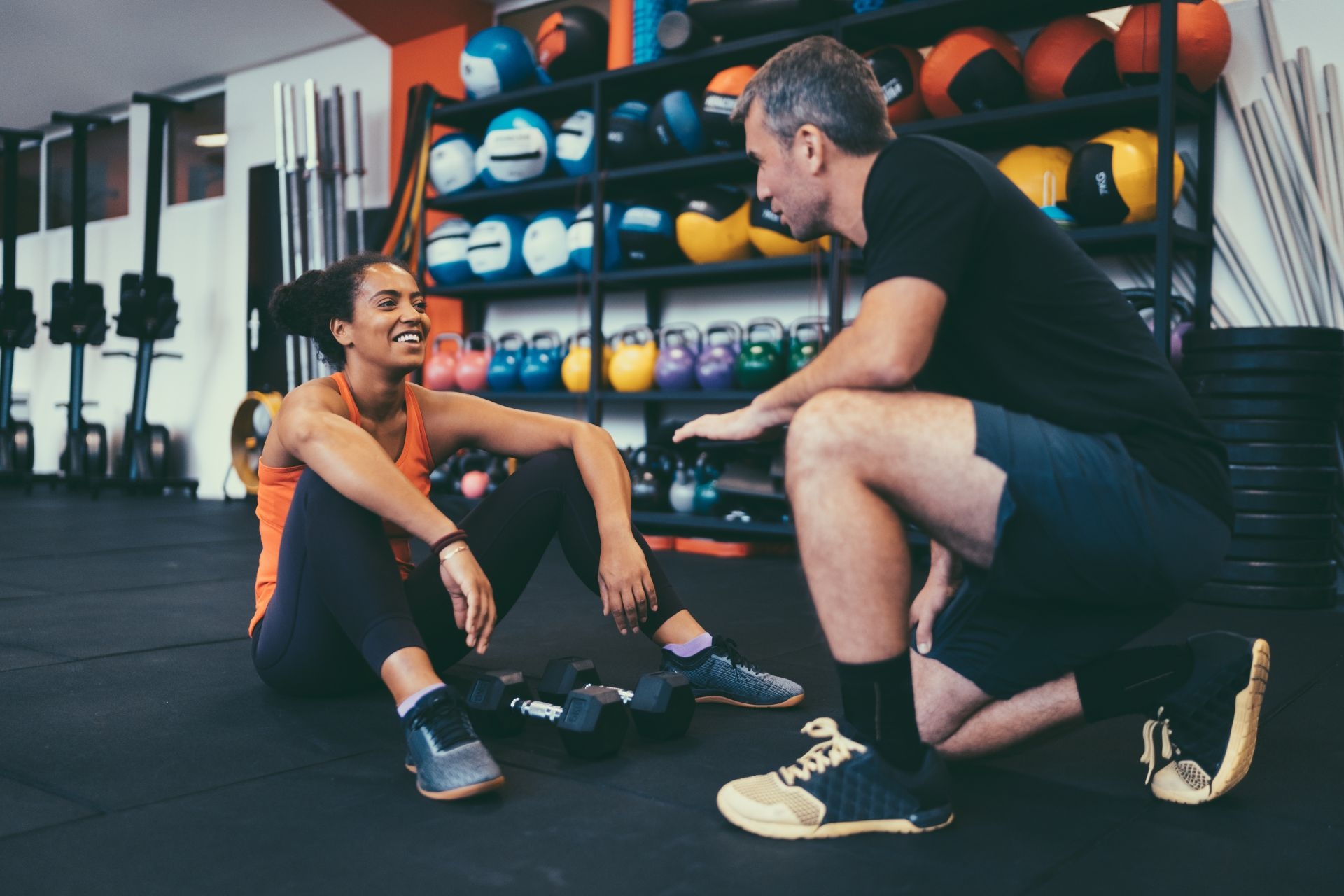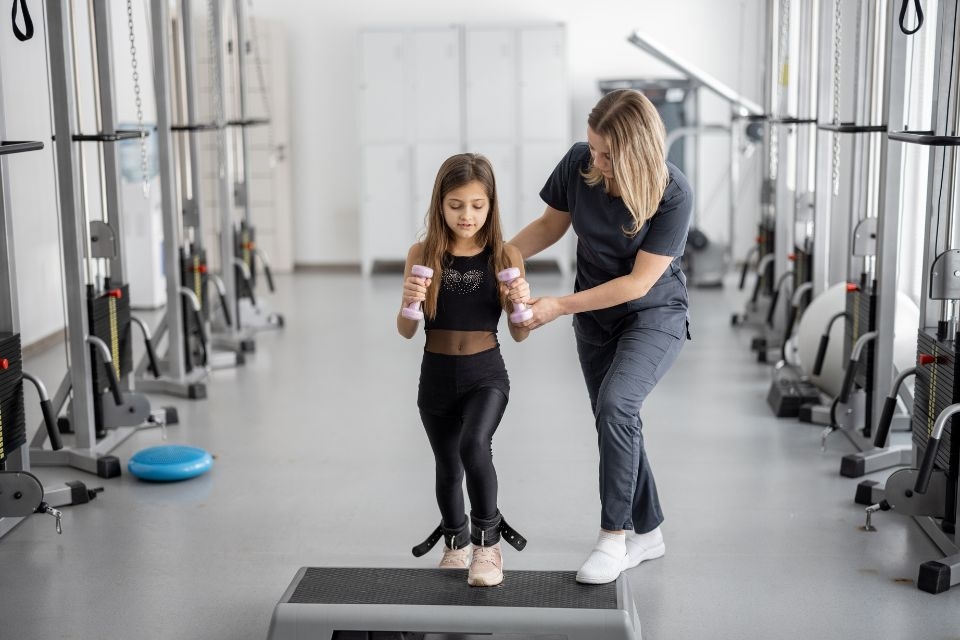Closed Kinetic Chain Exercises
What are closed kinetic chain exercises and how do they differ from open kinetic chain exercises?
Closed kinetic chain exercises involve movements where the distal end of the limb is fixed, such as when the foot is in contact with the ground during a squat. In contrast, open kinetic chain exercises involve movements where the distal end of the limb is free, such as a leg extension using gym equipment. The main difference lies in the stability and control required in closed kinetic chain exercises compared to the isolation and targeting of specific muscles in open kinetic chain exercises.



